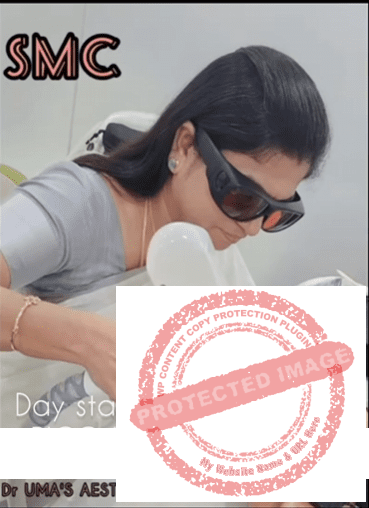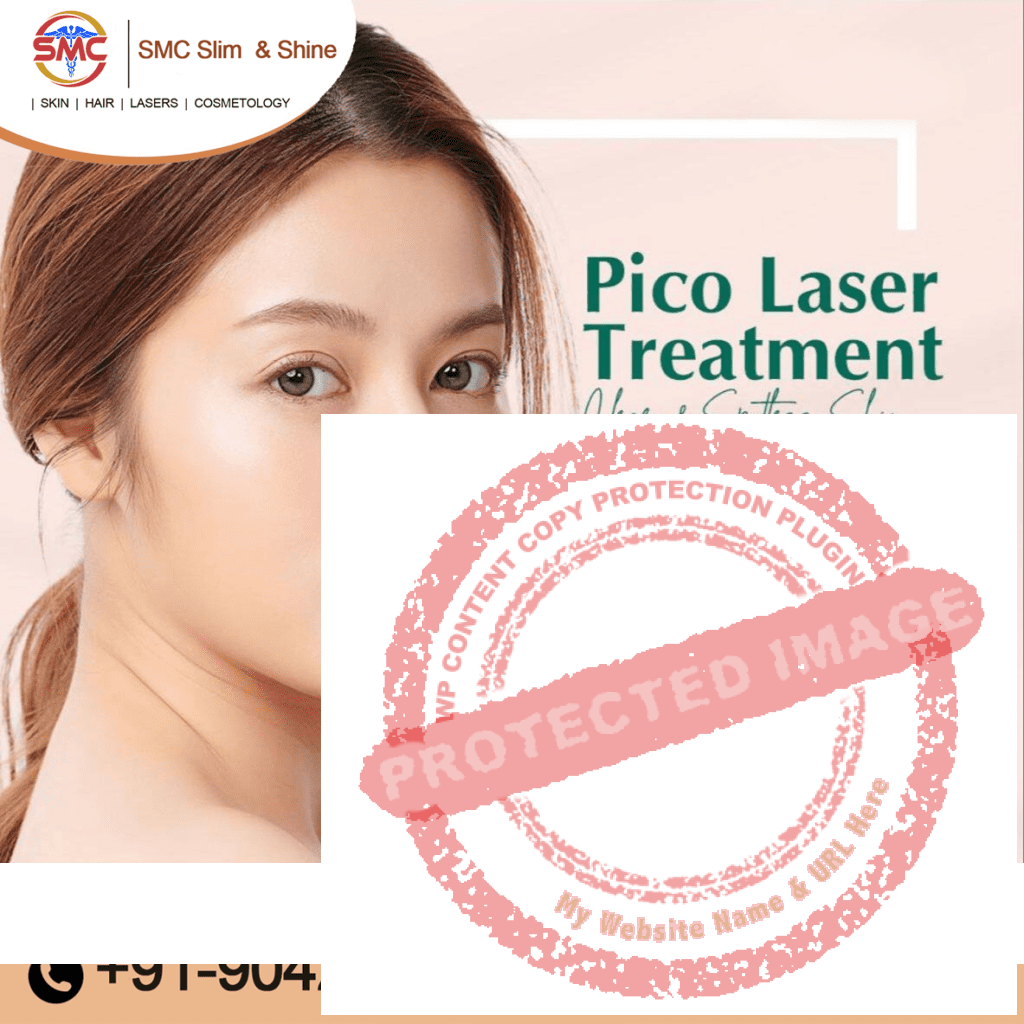Call Us -94873 00673
Pico Laser Treatment in anna nagar
Pigmentation refers to your skin’s colouring that gets its colour from a pigment known as melanin. When the cells (melanocytes) involved in making melanin is damaged or unhealthy, it ultimately affects the production of melanin in your body.
This skin disorder isn’t life-threatening but may affect the colour of your skin and indicate a different medical condition. It can occur in small patches, cover large areas on your body or affect your entire body.
Causes of skin pigmentation
There are several causes to skin pigmentation & age spots with the common cause being excess production of melanin. Too much melanin results in dark skin while low production of melanin results in fair skin.
Certain medications like insulin and chemotherapy drugs may also cause pigmentation as a side effect. Additionally, pregnancy affects the female’s hormone levels and thus, affecting the melanin production in some women.
A rare endocrine disease known as Addison’s disease may also cause pigmentation on some areas of the skin, lips and gums as well as in the creases of the palms, scars or on pressure points like the knuckles or knees. Prolonged exposure to the sun can also cause an increase in melanin in the skin.
Types of skin pigmentation
There are different types of pigmentation with the common ones being sunspots, melasma, freckles, and Post-Inflammatory Hyperpigmentation (PIH).
- Sunspots – Also known as liver spots or solar lentigines, the appearance of sunspots is due to sun exposure. The spots may vary in colour ranging from light brown to black and can appear anywhere on the body.
- Melasma – This type of pigmentation disorder is more common in women as it’s believed to be caused by hormonal changes during pregnancy. It may appear anywhere on the body but it’s more common on the stomach and face.
- Freckles – These small brown spots may develop on areas that are commonly exposed to the sun like the face. While freckles are harmless, it’s more prevalent on those with a fairer complexion due to the overproduction of melanin in the body.
Post-Inflammatory Hyperpigmentation (PIH) – This type of pigmentation is often the result of injury or inflammation to the skin such as acne, burns, friction or aggressive clinical treatments. It’s treatable over time.
Treating skin pigmentation with Pico Laser


Pigmentation issues can be treated with either lightening creams or lasers, depending on the severity of the pigmentation and skin type.
In most cases, lasers produce quicker and more effective results in pigmentation treatment.
Here’s how we treat pigmentation with Pico laser.
Commonly used for tattoo removal, Pico laser utilizes a unique wavelength of light to deliver short pulses of energy and converts it into gentle pressure waves in the skin.
Once the skin absorbs the energy, the pressure waves will shatter the pigments into tiny particles.
This triggers the natural healing process and induces the production of collagen and elastin without damaging the surrounding skin tissues.
That way, you can have a bright-looking skin in no time.
An effective laser treatment for pigmentation would depend on these 3 major factors below:
1) quality of the laser machine
2) the Professionalism of the operator of the laser
3) the proper post laser care planned by the doctor
However, there’s a downside to laser pigmentation removal treatment as it requires a period of skin recovery post-treatment. Unlike the HIFU treatment that have no downtime or minimal downtime.
This means you’ll need to avoid excessive sun exposure to prevent recurring pigmentation.
Additionally, not every skin condition can be treated with Pico laser.
Take Melasma as an example. Instead of brightening your skin, it may darken the pigmentation and cause more pigmentation to appear.
Pico Laser Treatment in Anna Nagar



